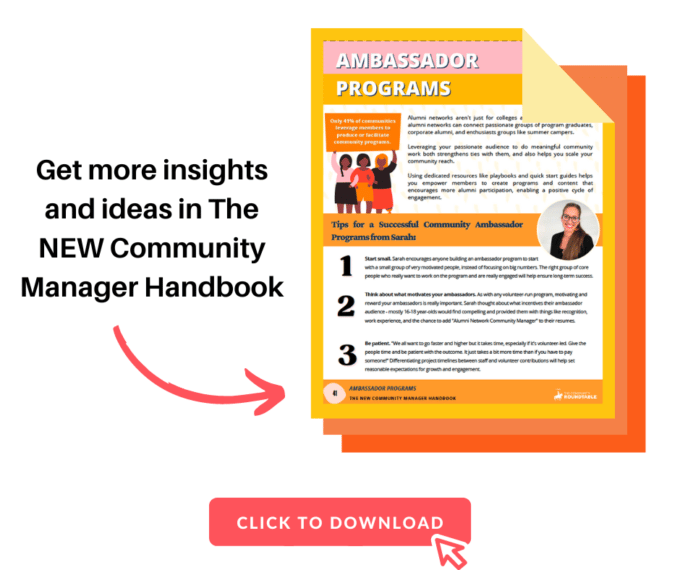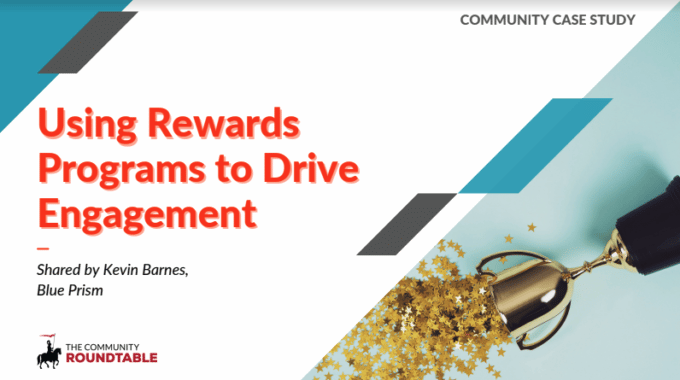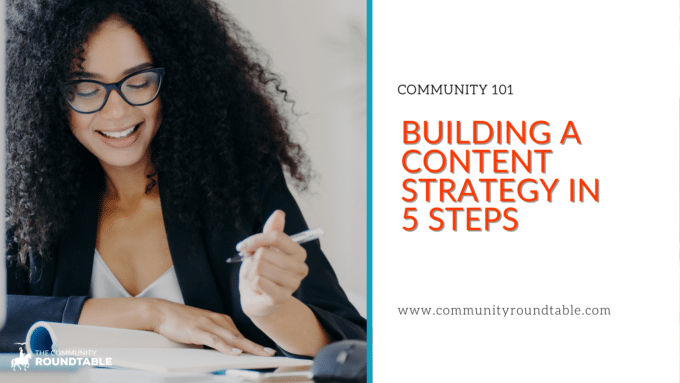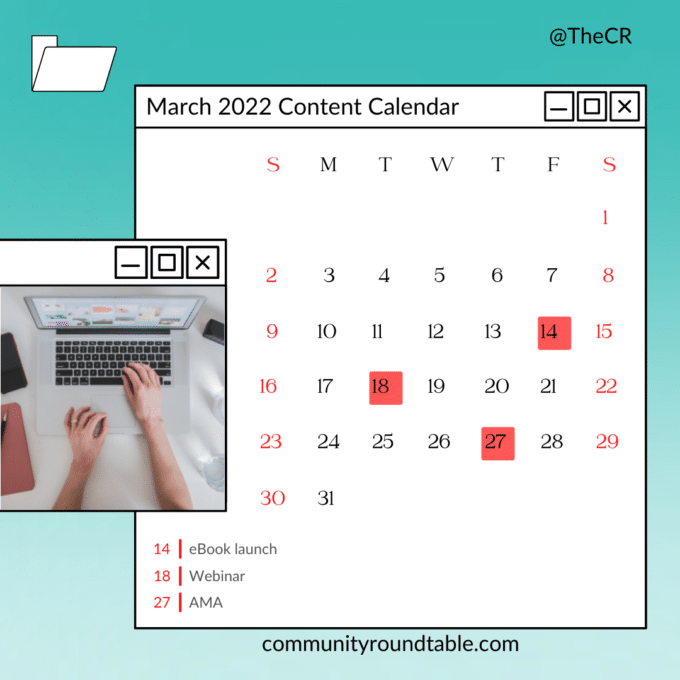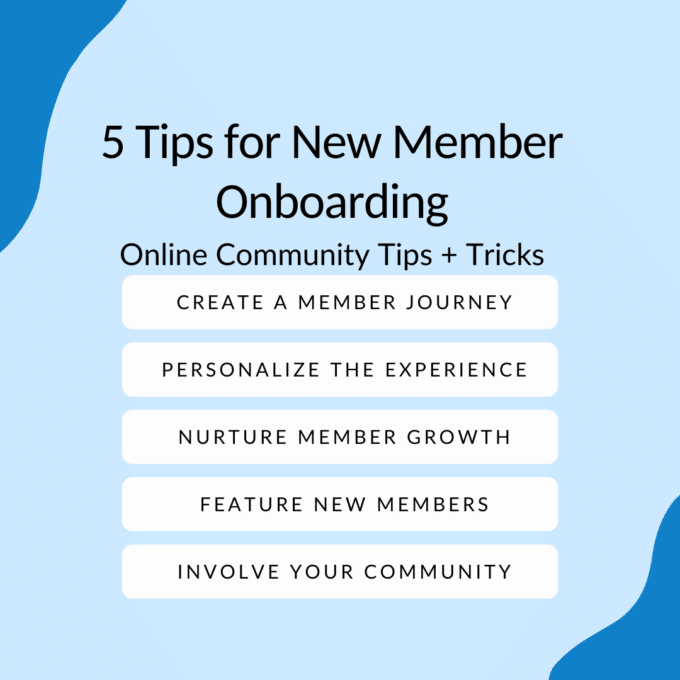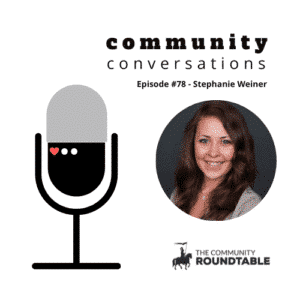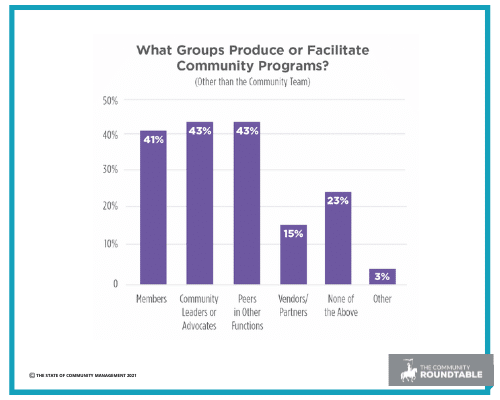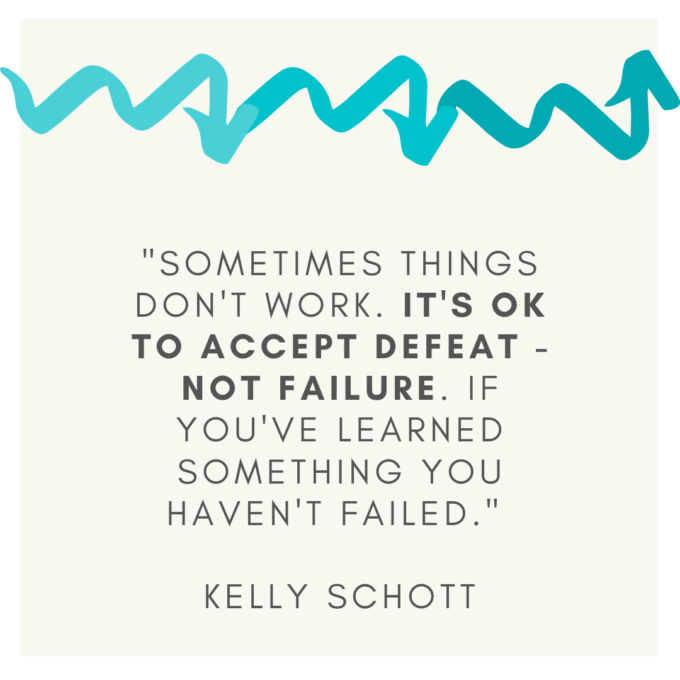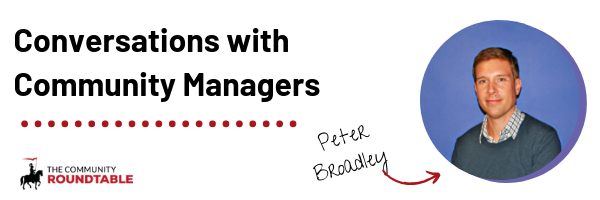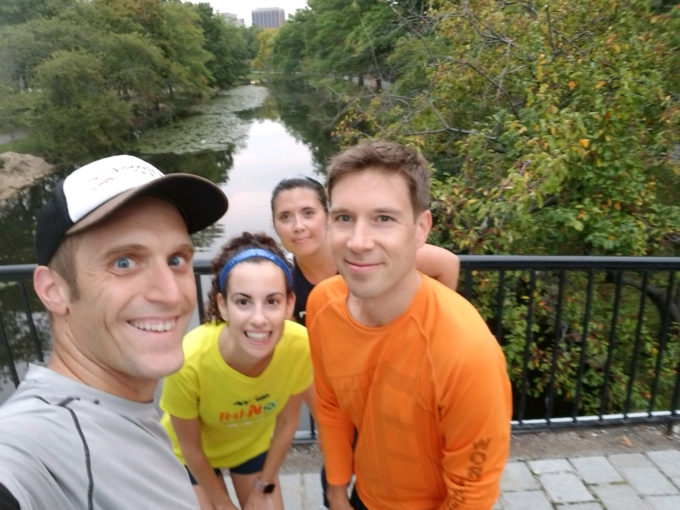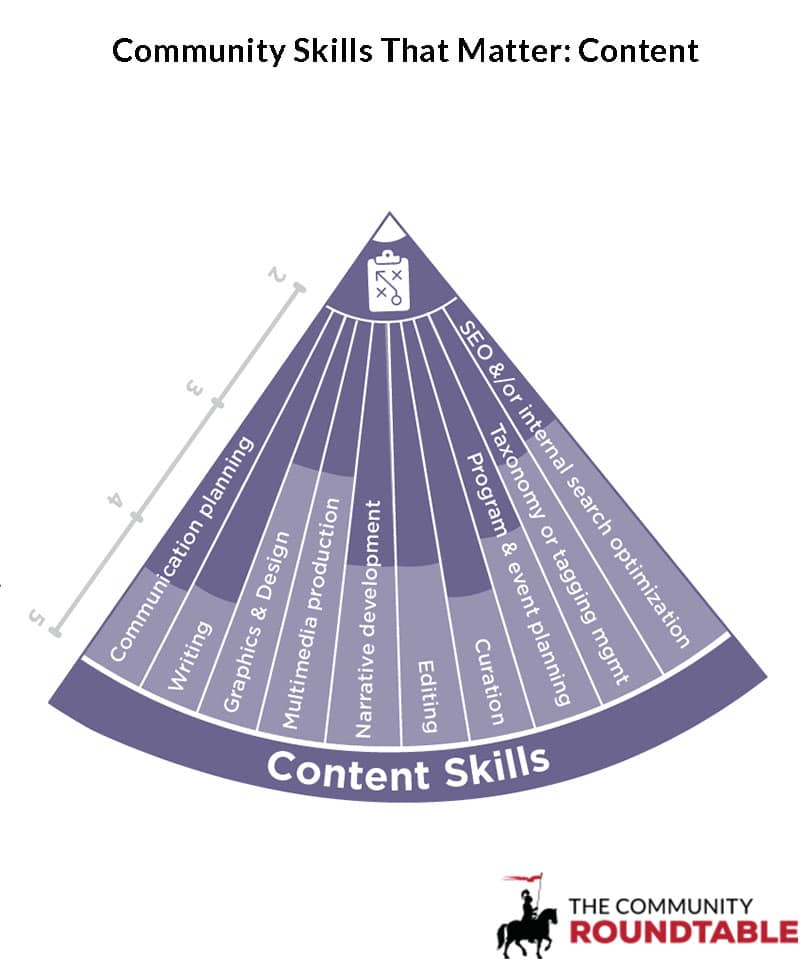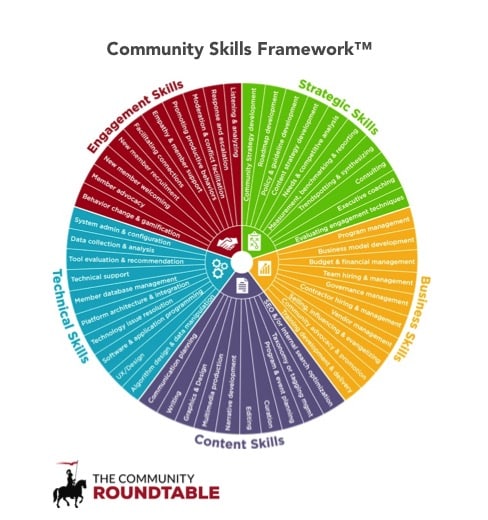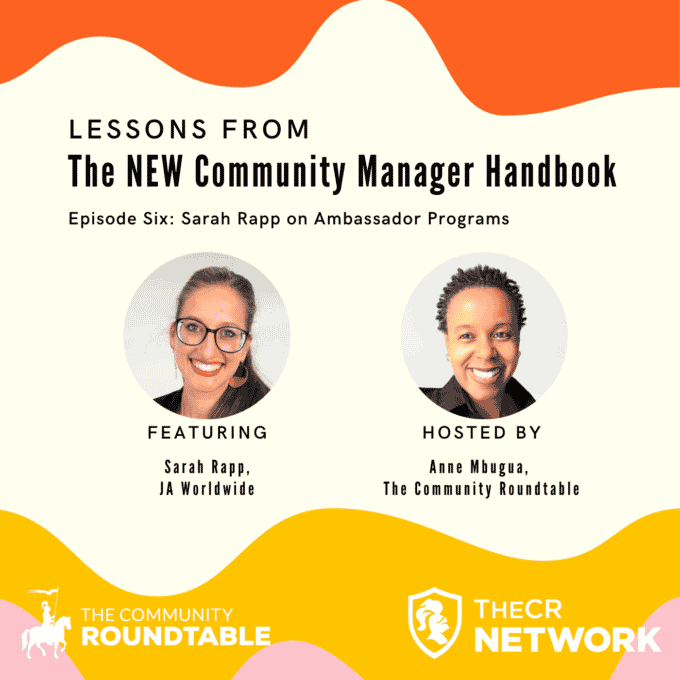
Episode Six features Sarah Rapp, Director, Alumni & People Engagement at JA Worldwide.
She and Anne discuss JA Worldwide uses ambassador programs to drive long-term engagement. Sarah shares best practices for starting an ambassador program, how JA Worldwide identifies super-passionate “fire-starters” in all their global locations, and the power of mentorship in community advocacy programs.
If you haven’t downloaded your free copy of The NEW Community Manager Handbook you can get it here.
Listen to Sarah Rapp on Ambassador Programs
Podcast (handbook-podcast): Play in new window | Download
About Sarah Rapp
Sarah is based in Vienna, Austria where she is the Director of Alumni and People Engagement at JA Worldwide. Sarah is a JA Worldwide alumni, having actually participated herself in the program while she was in school. She has been part of the JA Worldwide community for 13 years in various positions, She volunteered, heading up the European alumni network and for the last 4.5 years it has been her full-time job. Sarah leads JA Worldwide’s global alumni networks around the world.
About JA Worldwide
As one of the world’s largest and most impactful youth-serving NGOs, JA delivers hands-on, immersive learning in work readiness, financial health, entrepreneurship, sustainability, STEM, economics, and more. Reaching more than 10 million young people each year, JA Worldwide is one of few organizations with the scale, experience, and passion to build a brighter future for the next generation of innovators, entrepreneurs, and leaders.
About The NEW Community Manager Handbook
The NEW Community Manager Handbook features 21 profiles of community leaders sharing advice and ideas on everything from accessibility, hiring, strategy, gamification, defining the digital workplace, technology, and more. Each profile is paired with research from the State of Community Management reports and includes tactical advice for implementing what you’ve learned.
Learn from community management experts at Easterseals, Glencore, Microsoft, UKG, the World Bank Group, Analog Devices, Inc., AAMC, Zapier, Doctors Without Borders, and more.
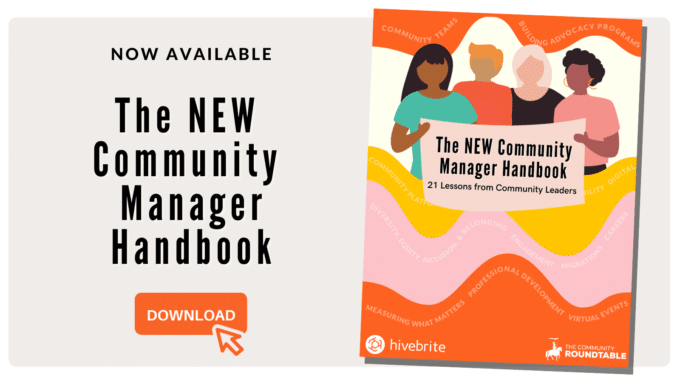
Want more resources about ambassador programs?
You can find more resources for building community advocacy programs here.
